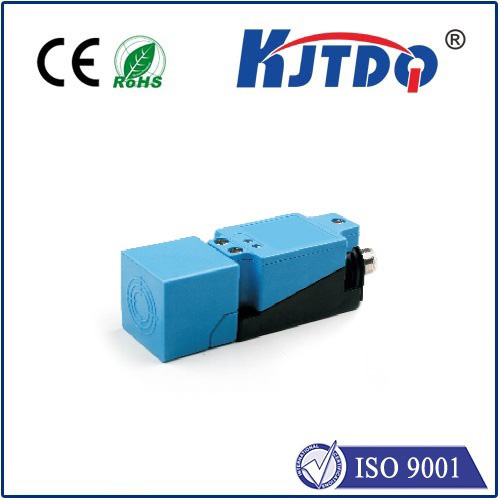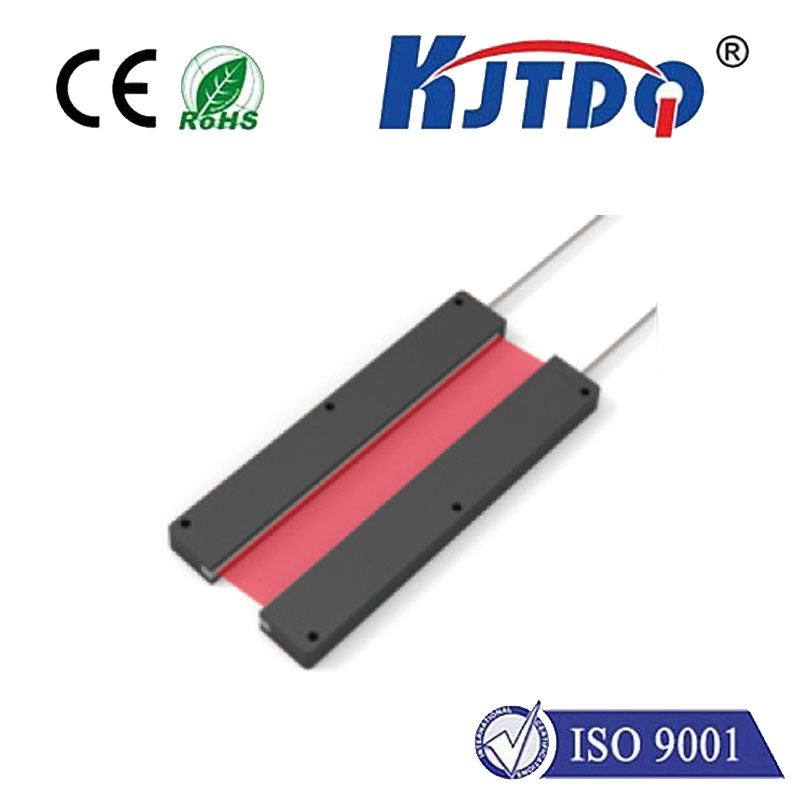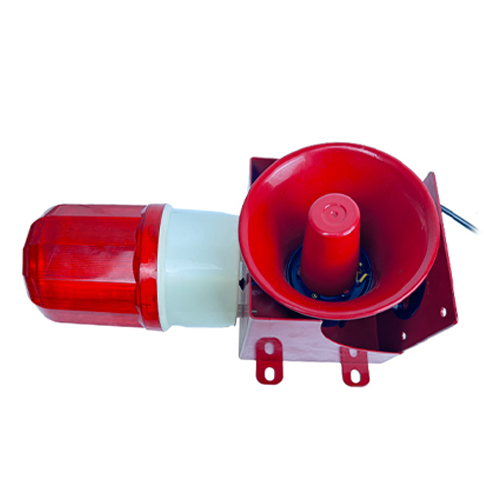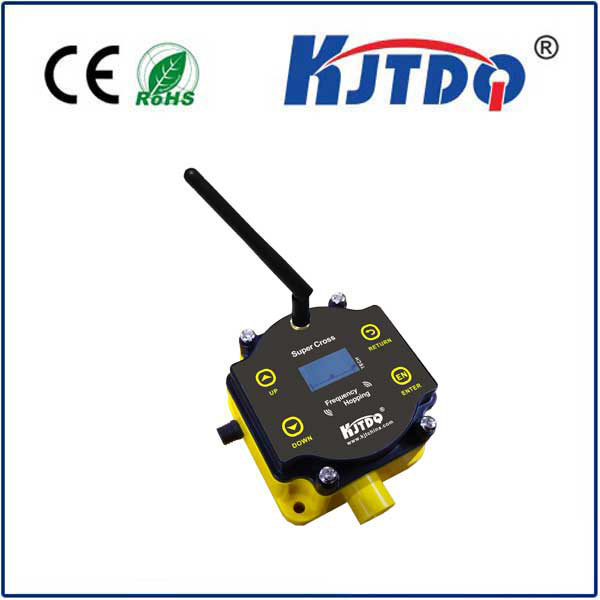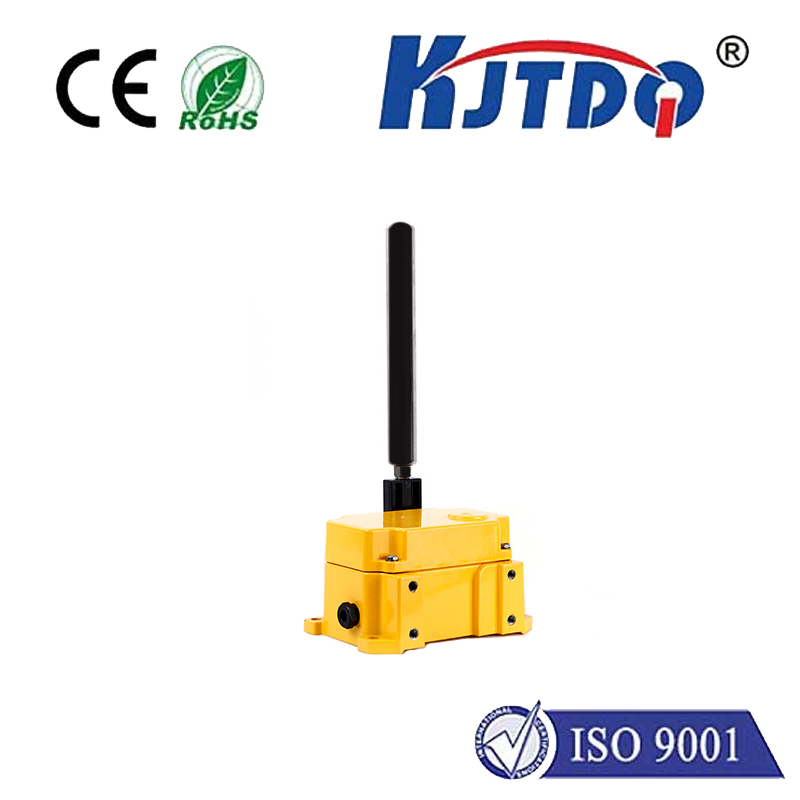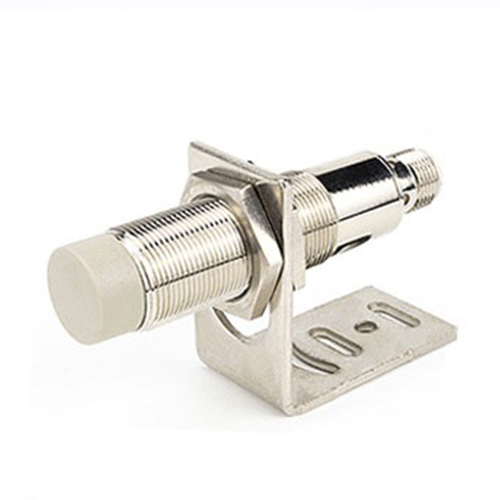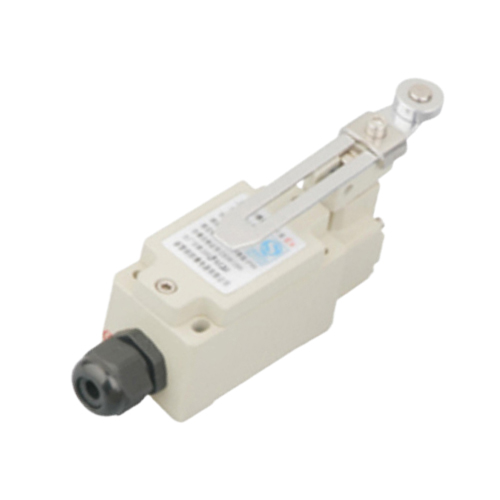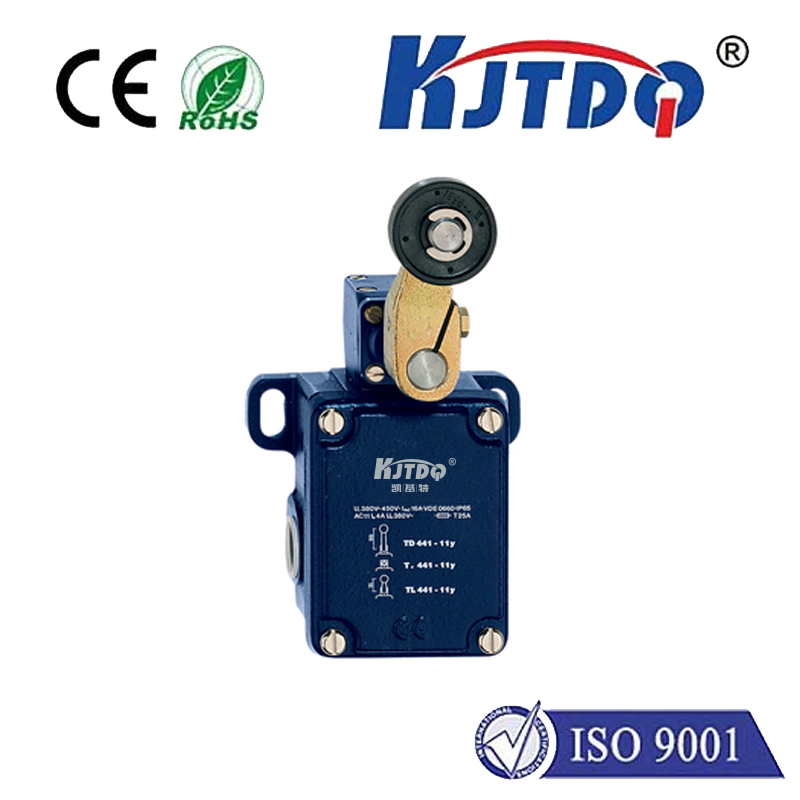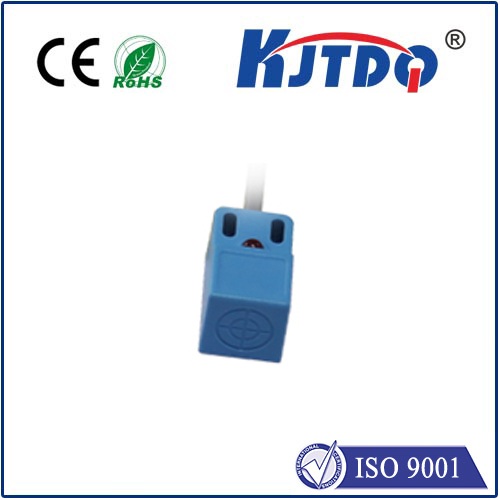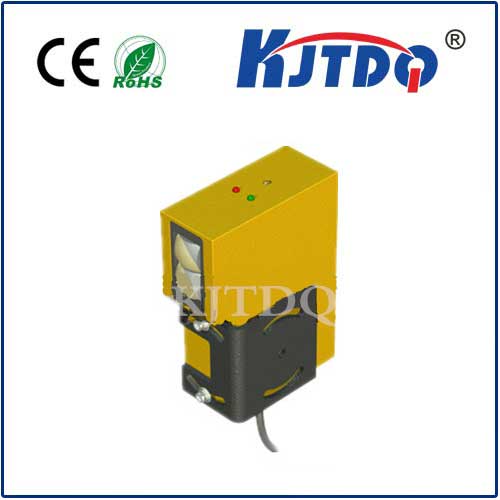8mm magnetic inductive proximity sensor
- time:2025-09-08 01:51:29
- Нажмите:0
The Mighty Mini: How 8mm Magnetic Inductive Proximity Sensors Power Reliable Automation
In the intricate dance of modern manufacturing and automation, where precision and reliability are non-negotiable, non-contact detection is king. Imagine machinery humming, robotic arms swinging, and conveyor belts speeding – all demanding constant awareness of their metallic components’ positions. Enter the unsung hero: the 8mm magnetic inductive proximity sensor. This compact powerhouse offers an exceptional blend of size, performance, and resilience, making it an indispensable component for countless applications demanding robust object detection without physical touch. Understanding its capabilities unlocks smarter, more efficient, and more dependable automated systems.
Decoding the Magic: Magnetic Inductive Sensing Fundamentals
At its core, a Магнитно - индукционный датчик приближения operates on electromagnetic principles. Unlike optical sensors relying on light, or capacitive sensors detecting changes in an electrostatic field, inductive sensors generate an oscillating electromagnetic field from their active face. When a ferrous metal target (iron, steel, etc.) enters this field, eddy currents are induced within the metal. These currents, governed by Faraday’s Law, create their own opposing magnetic field, which dampens the original oscillation generated by the sensor. This detectable damping effect triggers the sensor’s electronic switch to change state (typically from “off” to “on”), signaling the presence of the target.
Why 8mm? The Sweet Spot for Sensing Distance
The “8mm” designation specifically refers to the sensor’s nominal sensing distance (Sn). This standardized value indicates the theoretical distance at which a standard target (usually a 1mm thick square of mild steel) will reliably trigger the sensor under ideal conditions. Crucially, this 8mm range represents an ideal compromise:

- Sufficient Reach: 8mm provides ample detection capability for most applications involving machine parts, pistons, cams, clamps, or valve positions. It allows enough space for mounting flexibility and avoids false triggers from incidental metallic objects further away.
- Compact Size: Sensors designed for an 8mm range are inherently compact. This small form factor is critical in today’s increasingly dense machinery and equipment designs, where space is at a premium. An 8mm proximity sensor can easily fit into tight spaces where larger sensors simply wouldn’t.
- Predictable Performance: Standardization around the 8mm Sn allows engineers and technicians to confidently specify and integrate these sensors, knowing their operational envelope.
Unpacking the Key Strengths of 8mm Inductive Proximity Sensors
Beyond the fundamental sensing principle and ideal size/distance ratio, these sensors boast compelling advantages:
- Ruggedness and Immunity: Engineered for harsh industrial environments, they are typically encased in robust materials like nickel-plated brass, stainless steel, or high-grade plastics (PBT). This construction grants exceptional immunity to dust, dirt, oil, coolants, vibration, and even minor physical impacts. Their operation is unaffected by ambient light conditions or opaque materials (like water or grease) that would blind an optical sensor. This makes them ideal for foundries, machine tools, hydraulic systems, and washdown environments.
- Non-Contact Operation: The absence of physical contact eliminates wear and tear between the sensor and the target object. This translates directly to longer service life, reduced maintenance needs, and higher overall system reliability compared to mechanical switches.
- High Switching Frequency: Modern 8mm inductive sensors react incredibly quickly to target presence or absence. They can reliably detect objects moving at high speeds, making them perfect for high-cycle applications like counting parts on a fast conveyor or monitoring the position of rapidly moving cams.
- Simple Installation and Operation: With no moving parts and typically straightforward wiring (DC versions usually offering PNP or NPN output configurations), installation is fast and uncomplicated. Their inherent reliability minimizes setup headaches.
- Cost-Effectiveness: Offering a superb balance between performance, durability, and price, they represent a highly economical sensing solution for industry.
Where the 8mm Proximity Sensor Shines: Real-World Applications
The versatility of these sensors means they appear almost everywhere industrial automation exists:
- Position Feedback: Detecting the end-of-stroke position of cylinders and actuators.
- Object Presence/Absence: Confirming if a part is present on a pallet, fixture, or conveyor belt.
- End-of-Travel Detection: Safeguarding machinery by signaling when a moving part reaches its limit.
- Speed Monitoring & Counting: Counting teeth on gears, monitoring shaft rotation, or tallying passing objects on a line.
- Level Detection: Sensing the position of metallic floats within tanks or verifying bin door closures.
- Machine Safety: Integrating into safety interlocks to ensure guards are closed before operation commences.
- Robotics: Providing precise feedback on gripper position or detecting tool changes.
Installation Best Practices for Optimal 8mm Sensor Performance
To maximize reliability and avoid false signals:
- Consider Target Material: While primarily designed for ferrous metals, the sensing distance diminishes significantly for non-ferrous metals like aluminum or brass. Always consult the sensor datasheet for reduction factors.
- Mounting: Ensure the target approaches the sensor’s sensing face perpendicularly. Avoid installing sensors where large masses of surrounding metal can influence the electromagnetic field (maintain recommended flush or non-flush mounting distances as specified).
- Environment: While highly resistant, avoid direct exposure to powerful electromagnetic fields or extremely high temperatures exceeding the sensor’s rated specifications. Ensure proper sealing integrity for washdown applications.
- Wiring: Use shielded cable in electrically noisy environments and follow manufacturer guidelines for cable length and connection to avoid voltage drop or interference.
Choosing the Right 8mm Inductive Proximity Sensor
Beyond size, key selection factors include:
- Output Type: DC sensors come in PNP (sourcing) or NPN (sinking) transistor outputs. AC/DC or DC-only versions are available. Choose based on your control system’s input requirements.
- Connection Style: Barrel-style sensors with integral cables or connector (M8, M12) variants are common. Connector types offer easier replacement and maintenance.
- Housing Material: Select brass for general use, stainless steel for highly corrosive environments or food-grade applications, and high-performance plastics (like PBT) for chemical resistance and electrical isolation.
- Special Features: Options can include higher temperature ratings, enhanced EMC protection, or specific approvals (e.g., ATEX for hazardous areas).
The 8mm magnetic inductive proximity sensor, a marvel of compact engineering, embodies the perfect blend of essential industrial sensing traits: robustness, reliability, speed, and non-contact operation. By understanding its capabilities and selecting wisely, engineers and technicians can leverage this versatile component to build automation systems that are not only smarter and faster but significantly more dependable, driving productivity and minimizing downtime across countless industries.







